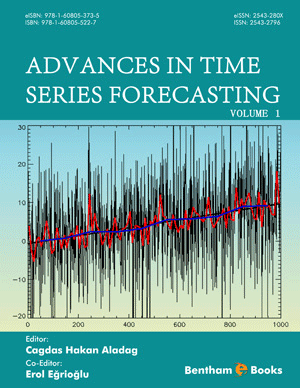Abstract
In this chapter, we offer the essential information to our readers regarding the two major fields approached by the book: Applied Computational Mathematics and Social Sciences. The first field emphasizes algorithms, numerical methods, and symbolic methods. The development of this field created new scientific disciplines like: Computational Biology, Computational Chemistry, Computational Economics, Computational Electrodynamics, Computational Finance, Computational Fluid Dynamics, Computational Geophysics, Computational Mechanics, Computational Physics, and Computational Statistics. On the other hand, Social Sciences comprise academic disciplines concerned with the study of the social life of human groups and individuals, and are dealing with complex systems that imply an interdisciplinary research approach, that combines knowledge from Computational Mathematics and Social Sciences. The problems connected with Social Sciences can be solved by using agent-based modeling (ABM). This technique uses a computational model for simulating the actions and interactions of autonomous individuals in a network, with a view to study the effects on the system as a whole. In order to create and implement a multi-agent computational model, you need a software platform. We are going to use NetLogo software platform. NetLogo uses three types of agents A: turtles Ti, patches Pxy and observer O. The main construction blocks of any agent-based computational model are the next: the set of agents (A), the initializations (I), and the simulation specifications (R).












